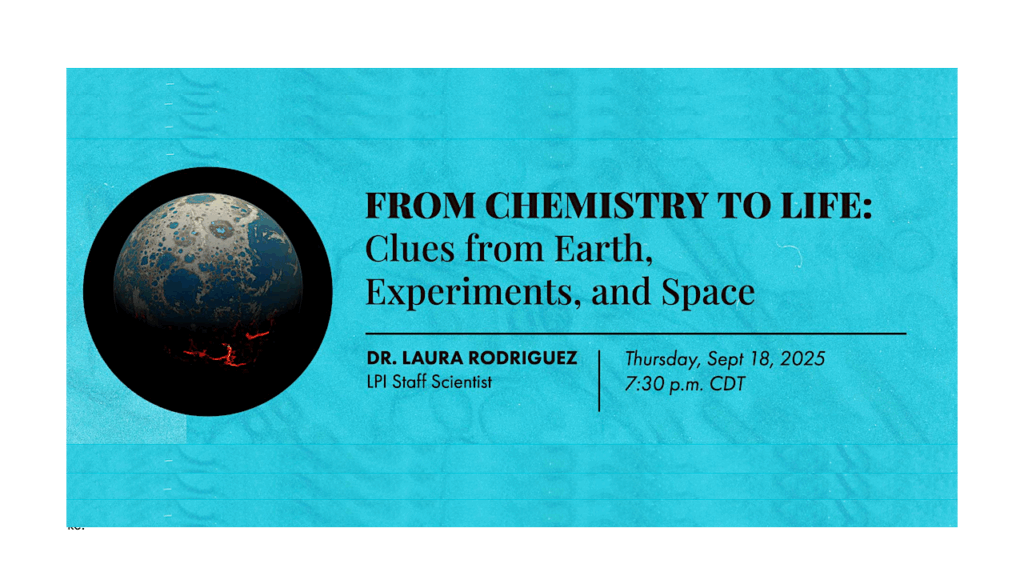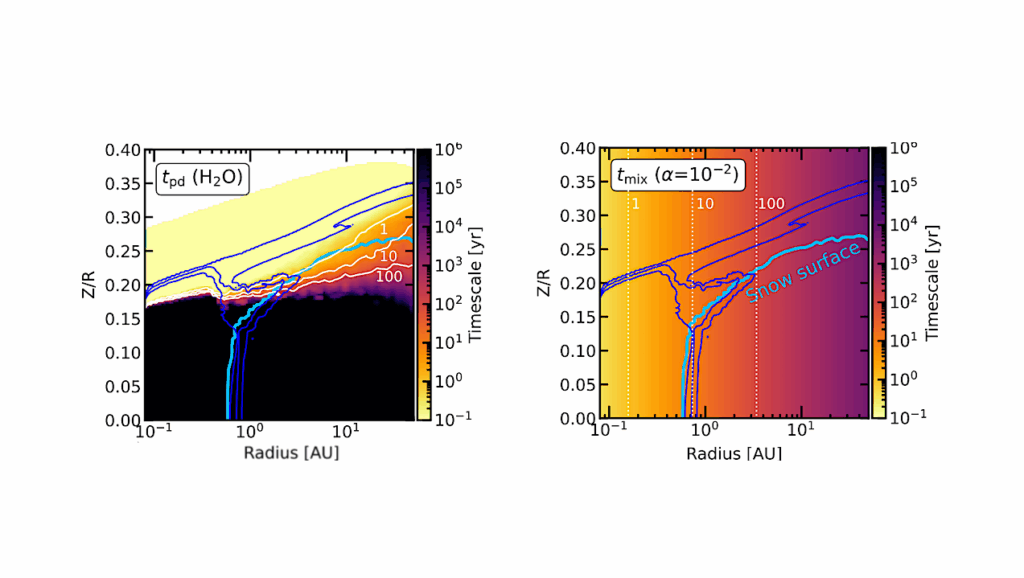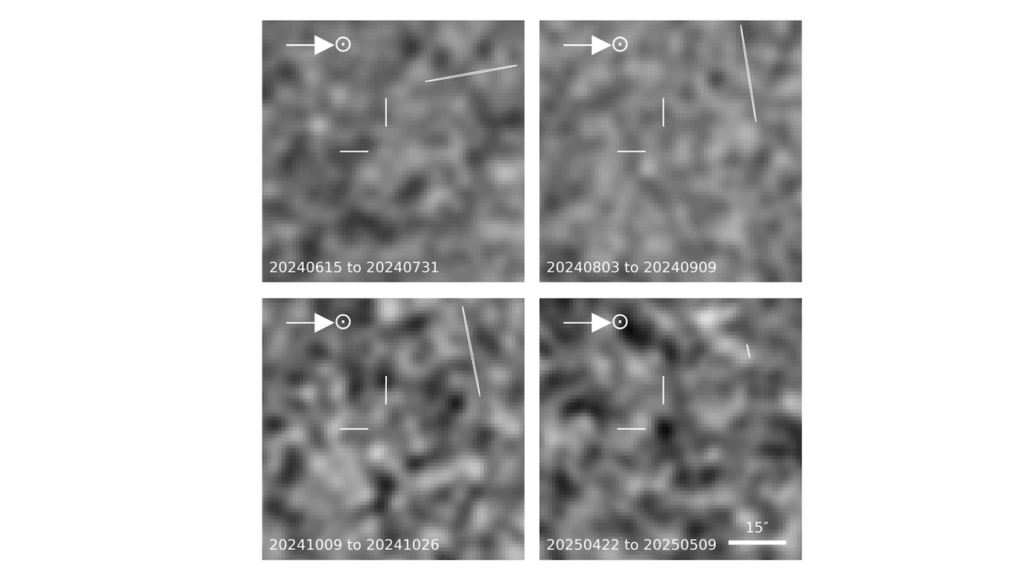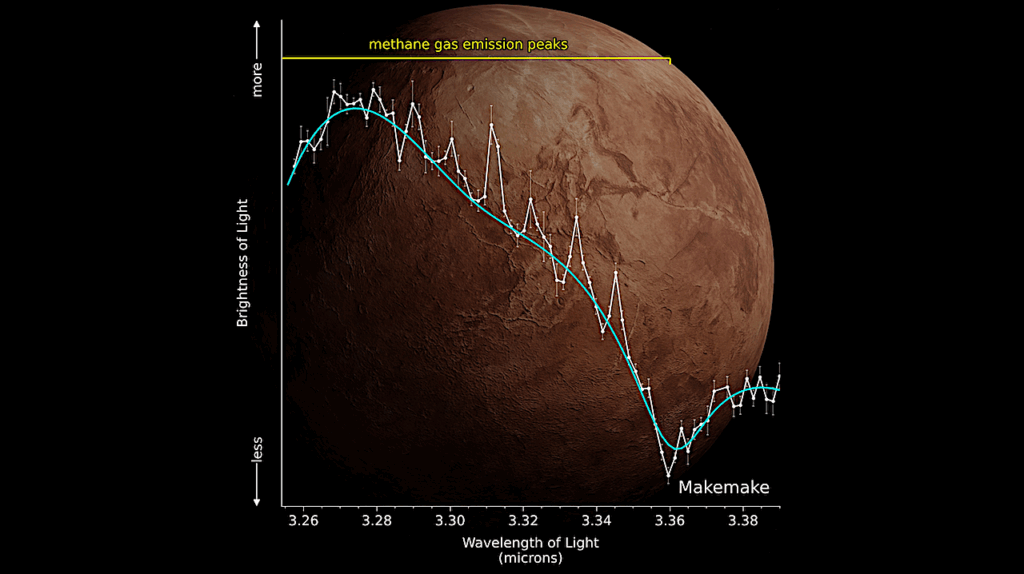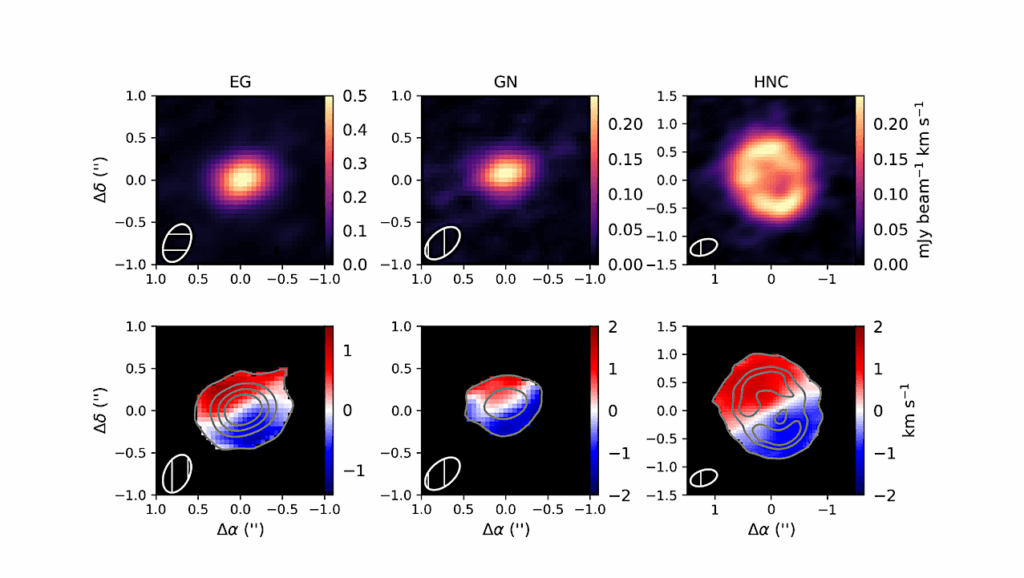The Source of Hydrogen in Earth’s Building Blocks
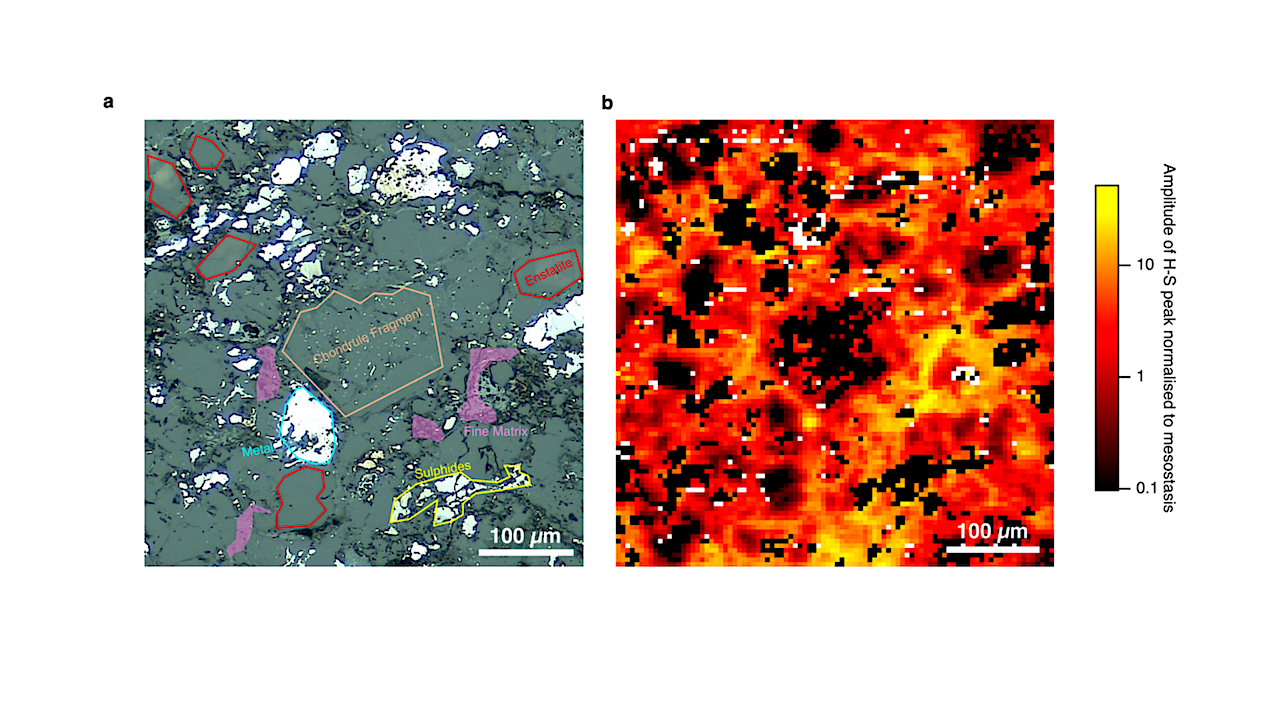
Despite being pivotal to the habitability of our planet, the process by which Earth gained its present-day hydrogen budget is unclear. Due to their isotopic similarity to terrestrial rocks across a range of elements, enstatite chondrites (ECs) are thought to be the meteorites that best represent Earth’s building blocks.
Because of ECs’ nominally anhydrous mineralogy, these building blocks have long been presumed to have supplied negligible hydrogen to the proto-Earth. Instead, hydrogen has been proposed to have been delivered to our planet after its main stage of formation by impacts from hydrated asteroids. In this case, our planet’s habitability would have its origins in a stochastic process. However, ECs have recently been found to unexpectedly contain enough hydrogen to readily explain Earth’s present-day water budget.
Although this result would transform the processes we believe are required for rocky planets to be suitable to life, the mineralogical source of ~80% of hydrogen in these meteorites was previously unknown. As such, the reason ECs are seemingly rich in hydrogen was unclear. Here, we apply sulfur X-ray absorption near edge structure (S-XANES) spectroscopy to ECs, finding that most (~70%) of their hydrogen is bonded to sulfur.
Moreover, the concentration of the S-H bond is intimately linked to the abundance of micrometre-scale pyrrhotite (Fe1-xS, 0<x<0.125), suggesting most hydrogen in these meteorites is carried in this phase. These findings elucidate the presence of hydrogen in Earth’s building blocks, providing the key evidence that unlocks a systematic, rather than stochastic, origin of Earth’s hydrogen.
Thomas J Barrett (1), James F. J. Bryson (1), Kalotina Geraki (2) ((1) University of Oxford, Department of Earth Sciences, (2) Diamond Light Source)
Comments: 19 pages, 12 figures
Subjects: Earth and Planetary Astrophysics (astro-ph.EP)
Cite as: arXiv:2406.13637 [astro-ph.EP] (or arXiv:2406.13637v1 [astro-ph.EP] for this version)
Submission history
From: Thomas Barrett
[v1] Wed, 19 Jun 2024 15:32:02 UTC (4,138 KB)
https://arxiv.org/abs/2406.13637
Astrobiology, Astrochemistry, Astrogeology,


